 In the eastern part of Sicily is a hilltown which, when viewed from the air, resembles a primitive depiction of a man. Others might say the shape resembles a starfish clinging to the mountain. Centuripe (called Centuripae by the Greeks) is in the province of Enna, located 38 miles from Enna in the hill country between the Rivers Dittaìno and Salso, with a wonderful view of Mount Etna. Centuripe's roots extend back to the 5th century BC, when it was a Hellenic city. In the first century BC, Cicero claimed in his writings that the town had a population of 10,000 and was one of the largest and richest cities on the island of Sicily. 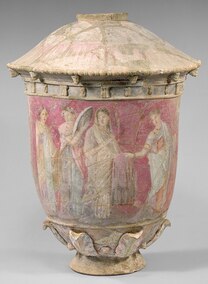 In the 2nd and 3rd centuries BC, a uniquely beautiful type of ceramics dubbed Centuripe Ware originated here, with tempura paintings applied to fired clay. Partly destroyed by Frederick II in 1233 (after which most of the inhabitants moved to Augusta), the city’s ruin was completed by Charles of Anjou. It was later rebuilt by Francesco Moncada, count of Adernò (now Adrano), and was ruled by his descendants as a county until 1813. Known as Centorbi until 1863, it passed to the Kingdom of Italy in 1860 and was the scene of heavy fighting in World War II.  Nighttime view of Mount Etna from the town Nighttime view of Mount Etna from the town Remains of the classical city include Hellenistic houses with wall paintings, baths, and cisterns, and several substruction walls, mostly of the Roman period, on the steep slopes. Centuripe’s civic museum and the Palazzo Comunale exhibit Hellenistic terra-cottas, finely painted vases of local manufacture, and relics from a large number of excavated tombs in the area. Agriculture (grains) is the town's mainstay, caves with sulfur and salt deposits, and quarries for chalk and marble are other resources. Nearby are local mineral springs. This sleepy town is well worth a visit, if only for the stellar view of Etna from it's Castle. --Jerry Finzi  Voyagers to Tuscany identify the sunflower with the Tuscan lifestyle. They see it as a romantic symbol, overwhelmed by vast fields of sunflowers in the summer sun. They will come home with pasta bowls, dresses or tiles decorated with them. But they forget one simple fact: girasole (sunflowers) are actually a cash crop in Italy, and several regions grow them, not just Tuscany. And don't count on seeing sunflowers in the same fields every year. Italians farmers, like all good farmers, tend to rotate their crops. Sunflowers grown in a particular field one year might be replaced by beans the next. It also depends on whether the Italian government is subsidizing the sunflower crop or not. By the way, the word "girasole", literally means "turn to the sun", which is what sunflowers do--they always tend to face the sun and follow it from sunrise to sunset. In northern regions or in higher elevations, the sunflower bloom will be later, but in general (depending on variety grown and the weather), in Tuscany the height of the spectacular display will be from the beginning of July to the about July 15th. In Lazio you can see the yellow beauties in the beginning of July, in le Marche the best time to see them is mid-July to early August. Sunflowers are also grown in the regions of Emilia Romagna, Umbria, and Friuli-Venezia Giulia  Sunflower seeds are grown for the seeds as food and for oil. They can be eaten raw, roasted or dried. They containing protein, vitamins A, B, and E, calcium, iron and nitrogen. Sunflower oil has a light color, mild flavor and low levels of saturated fats. Chefs love it because of its high smoke point--it doesn't burn as readily as other oils--and because it doesn't impart much of its own flavor. Sunflower oil accounts for 8% of the cooking oil used in the whole world. Consider this: Even with its own high production of sunflowers, the Italian supply doesn't come close to meeting Italy's demand fo oil and seeds. Italy imports as much as 70% from the crop's main producers--Romania, Hungary and Bulgaria. If things go the way they have been going, the sunflower crop might be in desperate trouble. Production has dropped from 500,000 planted acres in 2003 to less than 175,000 acres in 2017. Market prices and lack of government subsidies have a lot to do with the shrinking harvests. So the next time you are cycling through fields of girasole, turn your head to the sun as they do, and say a little prayer for the sunflower to continue to brighten the beauty of Italy. --Jerry Finzi On Amazon... Watch the videos below to see how sunflowers are grown, harvested and turned into oil...
 Florence crowds Florence crowds In 2017, over 50 million tourists stayed in Italian hotels--and ONLY during June, July and August, the supposed "high season". But in the last decade, the "high season" has been expanding to early spring and as late as October, and most visitors to Italy don't stay in hotels... How many more visitors stayed in rental apartments or with friends or relatives? How many camped or stayed in hostels or local B&Bs? Keep in mind, the population of Italy is only around 60 million (a decent number for such a small country), but some estimates put the number of actual tourists from all over the world visiting Italy at over 420 million in 2017 alone. Just imagine if the U.S. matched or even surpassed its own 320 million population with half a billion tourists a year?! The actual current number of tourists visiting the U.S. annually is a mere 80 million. It seems Italy is being over-promoted, overbooked and over-run by tourists. As an example, just look at what happens to Venice during the summer months when as many as 6 cruise ships each day dump (according to recent numbers) over 32,000 people onto the fragile jewels of its sinking islands. Over 600 cruise ships a year make daily stops in Venice! The influx has become so bad the city is being gentrified, with mom and pop shops turning into tacky gift shops selling things made in China, and with local residents moving out when they realize their homes are worth more as holiday rentals. Is it time to give Italy a bit of a rest from the wear and tear on its tourist hotspots... Venice, Florence, Pisa, Rome? Are these "must see" destinations turning into Italian Euro-Disney spots, lacking authenticity and losing their cultural heritage? We propose that when Italy opens up again as this pandemic dies down, Americans should visit a small town in Italy where the real Italian lifestyle can be experienced, instead of putting up with indignities of enormous, shoulder-to-shoulder crowds, pushing, shoving and tight schedules of the "must see" locations. If you are traveling with kids, this should be an important consideration. Children can have a much more enjoyable time if you slow it down and toss out the schedule. There are tons of things to do with kids all across Italy... water parks, go-karts, dinosaurs, science museums, beaches, cycling, hiking and more. How about Monte Isola, a town on Lake Iseo in Lombardy? Or visit the mountain village of Castelluccio in Umbria for a taste of small town, mountain life. Instead of Florence, visit Pienza, one of the most beautiful Renaissance villages in Tuscany. And instead of paying high fees to have a spa day, go where the locals go for free, to Bagno San Fillipo in southern Tuscany and bath in the hot, natural sulfur springs under huge mineral waterfalls frozen in time. And the Cilento is much less crowded (aside from August when Italians flock to its beaches for their Ferrragosto holiday) that the Amalfi Coast and has lime after mile of real sand beaches. And don't forget Puglia, especially the tip of the boot around the port town of Brindisi. Puglia isn't like any other part of Italy and nearly every town has something unique to offer. For amazing beaches, take a plane or ferry over to Sardinia. Its natural wonders are unspoiled, with the sea as clear as tap water. So reconsider when booking your next visit to Italy. Throw away the must-see list and visit the real Italy. Slow down, relax and spend time in one location and area at a time. Find out what days the local market is open. Rent a house or apartment and do your own cooking with amazing, fresh ingredients. Meet the locals. Learn the local dialect... even if just a few words. Keep in mind that Italy isn't one thing... it's not just Rome, Florence, Pisa and Venice. There are 20 independent regions in Italy, each with its own language, cuisine, customs and culture. You can literally throw a dart at a map of Italy and then plan a trip to the region the dart lands on. Trust me. Italy is a lot more than standing on line for hours just to be rushed through the Sistine Chapel in five minutes, with throngs of tour groups shoving you from behind.
Learn to live the Italian lifestyle while you are in Italy, and I guarantee you'll have learned how to life a bit of that same lifestyle when you're back home. Ciao e buon viaggio. --Jerry Finzi As the World Health Organization claimed, "This is not a drill". Italy is the fourth highest country affected by the outbreak of the COVID-19 coronavirus with its tourist industry taking a huge plunge. Tourism accounts for 13.3% of the Italian economy. Within the last 24 hours, Italy has reported 41 new deaths from the coronavirus. This brings the number of fatalities in Italy 148. The number of cases also jumped to a new high of 769, reaching 3,858 over the past two weeks. To illustrate how Italy is being impacted:
 The word for Hospital is Ospedale The word for Hospital is Ospedale Should you travel to Italy right now? If you are over 60 years old and have underlying health issues -- no. Why take the chance? If you are younger and healthy, you might have the experience that many rarely have--Italy's "must see" sights without crowds. If you are traveling to Southern Italy, you just might have made the safest choice. Still, stay safe, wash hands often for at least 20 seconds with hot water and soap; don't shake hands of embrace or kiss anyone; if you cough or sneeze, do it into your arm; try not touching your face after touching railings, doorknobs or elevator buttons; avoid public transportation; avoid crowded areas; if you become sick while in Italy, remember, they actually have a fantastic health care system--find a doctor or hospital. Resta in salute, amici. --Jerry Finzi  Castel del Monte, located in the municipality of Andria in Puglia, rises up from a rocky hill dominating the surrounding countryside of the Murgia region near the Adriatic Sea. A unique piece of medieval architecture, it was completed in 1240 AD. The castle’s location, its perfect octagonal shape, as well as the mathematical and astronomical precision of its layout all reflect the education and cultural vision of its founder, Holy Roman Emperor, Frederick II, although the actual architect and builder is still unknown. As a leader of modern humanism, the Germanic Emperor brought scholars together in his court from throughout the Mediterranean, combining Eastern and Western traditions. The castle’s unique design, an octagonal plan with octagonal towers at each angle, represents a search for perfection. Interior features reflect Eastern influences, such as the innovative hydraulic installation used by Frederick II which used rain water for the toilets and bathrooms of the fortress. Although he had been the founder of the castle, it is believed that Frederick II never spent a night here. It is believed the castle was initially conceived as a hunting lodge. However, several sources suggest that in 1249 the castle was used as a theater when the wedding of Violante, Frederick’s daughter, took place. In 1256, it was used as a prison for rebels by Frederick II’s son, King Manfredo of Sicily.
The original intended use of the Castel del Monte is unclear. The shape doesn't make it look like a castle but more of a defensive fortress. But it lacks the elements that would be necessary for proper defense: it has no ditches or moat, no drawbridge, no basement..only very large, marble-covered rooms, worthy of a lavish royal residence. During the Middle Ages, all of the rooms were decorated with precious polychrome marble, mosaics, paintings and tapestries, but unfortunately over time Castel del Monte was robbed of its treasures by looters and vandals. The castle was built using three types of material: limestone, white marble and coral breccia. The site is of outstanding universal value in its formal perfection and its harmonious blending of cultural elements from northern Europe, the Muslim world and classical antiquity. Castel del Monte is a unique masterpiece of medieval architecture, reflecting the humanist ideas of its founder, Frederick II of Hohenstaufen. Castel del Monte is also a designated UNESCO world heritage site and is considered to be one of the best castles in Puglia. Perched on top of a hill and see for miles around at an altitude of 540 meters, the castle can be reached by driving on the SS170 motorway. Visiting Castel del Monte April 1 to September 30 from 10:15 to 19:45 - The ticket office closes at 18.00 hrs. October 1 to March 28 from 9:00 to 18:30 - The ticket office closes at 19.15 hrs. The full-price ticket costs 7.00 €, reduced rate of € 3.50 for age group 18-25. Free entry for under-18s and over-65s. Free entry on the first Sunday of the month. Free if you show your handicapped placard or card.  Before traveling to Italy, I researched about all sorts of things, and especially (to protect my little family) how people scam and cheat and how to avoid scams. There are lots of warnings online about taxi cheats. I just wanted to report that after having used car services, radio taxis, taxis from a taxi station and even hailing a taxi who had his roof light on (libero)--something that is not normally done successfully--we have not been cheated. Taxis from The Airport to Your Hotel If you've just arrived at the airport and want a taxi to take you to your hotel in Rome, how do you know what a proper charge is? Simple. It's written right on the side of the taxis waiting at the taxi stand at the airport! The fares will be listed for each airport (Fiumicino or Ciampino) for one direction. No tips... flat fee... taking you inside the city walls. Taking a Metered Taxi For the most part, you hire a taxi at a taxi stand, where you normally find many taxis lined up waiting for new fares. Just walk to the first taxi at the head of the line and get in. Taxis in large cities usually have an official emblem on the side of their car. In Rome, it looks like this... And as you can see by the second photo above of a taxi station sign, rates are also posted there. When entering a taxi, always look at the meter for the "Tarrifa 1" to be lit up. Within the city walls "Tarrifa 1" is the correct lower rate. If you see "Tarrifa 2" or "Tarrifa 3" lit up for a trip inside the city limits of Rome, beware... you've got a crook trying to double or triple the rate. Tarrifa 2 and 3 are used for only outside the walls, into the suburbs or to the airport. Radio Taxi This is one of the easier ways to get around in Rome, especially since the city subway lines are very limited. (They've been trying to expand the Rome subways, but every time they dig, they have to stop for the archaeologists to record ancient discoveries). The Rome city council’s number to call a taxi is +39 060609. You have to learn to speak at least a limited bit of Italian to order a taxi--giving the address properly in Italian, for example. Learn how to pronounce numbers, names, and letters too, so you can spell a name. Here is a link to a great three-part lesson on pronouncing the Italian alphabet. And here is a link to pronounce numbers. You can also call +39 06 3570, or send an SMS to +39 366 673 0000, the SMS text should just have your current address. You will receive a request confirmation SMS and few seconds later another SMS indicating that a taxi is on it’s way. The radio taxis always show up on time with the help of their sophisticated gps unit. The MyTaxi service is one of the largest, most reputable taxi services in Rome. In fact, to make things easier, you can use the MyTaxi app to call a cab. Transfer (Car) Services Simply put, "transfer services" refers to a car, limo or van service that can arrange to pick you up at one location and transfer you to another. Many offer group rates (for vans) or private drivers just for you. You can arrange pickups well ahead of your arrival in Italy. They also offer tour services--to take you on a day-long tour of the Amalfi Coast Road, for example... stopping anywhere you'd like to take photos or have lunch. Typically, car transfer services cost barely more than a city taxi and have very professional drivers that also speak English. There are many reputable services in most large Italian cities that can pick you up at a specific time to take you from airport to your hotel/rental, or to pick up up at train stations, and also to take you from one city to another. Click to see a list of reputable transfer services in Italy. Hailing a Taxi In large Italian cities with a large number of taxis, you don't hail cabs. If you do see a taxi with its roof light lit, that means it's unoccupied. You can, of course, try hailing the cab... as long as you are standing where they can pull over without blocking traffic (in other words, not on a narrow side street). There was one time I tried hailing a taxi on a crowded side street (with barely any sidewalks, a common thing in Italy). The driver looked at me like I was crazy. With good reason... he had no legal place to pull over. Lesson learned. Only try hailing a taxi in Rome or Florence if there is room for them to pull over to the curbside to pick you up--a wide boulevard. Tipping No, you don't have to tip taxi drivers in Italy like you would in Manhattan. If you want to tip, the tradition used is "rounding up". For instance, telling them to keep the change when you hand over €10 for a €9.50 fare. However, if the driver is extremely helpful, with large heavy bags for instance, a €1 or €2 tip perfectly fine. The phrase to use is tenga il resto (keep the change). Uber in Italy At this writing, Uber is only available in Rome and Milan, but only as Uber Black, which means you will get much nicer vehicles, but at higher rates. You can still use your Uber app in Italy. In Italy, permits (meaning government fees) are required for just about anything you want to do to make money--pizzeria, tour guide, making cheese, and driving people to their destinations. Rome and other Italian cities require drivers to register as an NCC driver with a NCC medallion, which involves a registration fee, exams, a special license and a medallion to place on your car. Even the car has to be approved. It can cost up to €100,000 for a medallion. So, even though Uber is an option in Milan and Rome, it's more expensive and has less availability that other options. Useful Phrases Quant'è la tariffa? or simply, Quanto costa? (What is the fare?) Quanto extra per il bagaglio? (How much extra for the luggage?) Puoi abbassare la musica, per favore? ("Can you turn down the music, please?") Puoi prendere il percorso più veloce? ("Can you take the fastest route?") Puoi guidare attraverso alcuni bei siti sulla strada per l'hotel/appartamento? ("Can you drive by some beautiful sites on the way to the hotel/apartment?") Ecco l'indirizzo della mia destinazione. (Handing the driver the written address) ("Here is the destination's address". Write the address down on paper ahead of time). Puoi accendere il condizionatore d'aria? (Can you turn on the air conditioning?) In general, I've found Italian taxi drivers to be talkative, friendly, helpful and responsive when you at least try to speak some Italian. I'm sure they are used to tourists who don't attempt even the most basic Italian words and expressions. Taxis are also a lot safer than taking very crowded buses in the height of the tourists season, when pickpockets work the buses all day long. Looking back, I wish I had taken photos of the drivers... I still remember their faces and smiles. By the way, unlike in Manhattan, every taxi driver was actually an Italian. Imagine that! --Jerry Finzi Copyright Jerry Finzi/GrandVoyageItaly.com - All Rights Reserved
Not to be published without expressed permission Tucked into the pristine landscape of oak and beech trees, streams, meadows and stands of forest is the medieval village of Fiumalbo in the Italian region Emilia-Romagna. It is located about 70 kilometres southwest of Bologna and about 60 kilometres southwest of Modena. Fiumalbo's name evolves from the Latin, flumen album (White River), with reference to the pristine waters of the two rivers that surround the village. The area surrounding the village is dotted with ancient Celtic stone huts, medieval places of worship and the most significant draw to the area, its Natural environment. A dense network of well-marked trails follow old donkey paths once traveled by shepherds and pilgrims can be traveled on foot, horseback or mountain bike. In addition, the proximity of modern ski resorts is a real bonus in winter. The streams are a destination for fly fishermen. In the vicinity, the nearly 40,000 acre Frignano Park sets the tone with its impressive natural beauty. The little borgho even has the credentials to prove their beauty, being a member of the Borghi più belli d’Italia association and having been awarded the Italian Touring Club Orange Flag status. Pistoia is just 7 miles or so over the Abetone pass, helping to unify the 1200 or so borghi. The common local dialect, due to the proximity of the border of Liguria and Tuscany, also helps knit together many of the local customs. The highest peaks of the Modena Apennines are here: Mount Cimone (2165 m) on one side and Mount Lagoni (1962 m) on the other. The spirit of the Celts are here, too. Not only in the forests, but on the houses of the region... Strange and mysterious, carved stone faces called marcolfe (mummies) are found throughout the region. The symbol of the wolf and talismans of Celtic culture supposedly ward off the malocchio (evil eye). Celts came to Italy in the fourth century BC and left their mark in the region, evidenced by the Celtic stone huts similar to those found in Ireland and Scotland. Some examples--a few with rye grass roofs--can be found in the village of Valdare and along the road from Fiumalbo to the foot of Mount Cimone. The cuisine of the region is a mix of both Emilia and Tuscany with tortellone filled with ricotta, black cabbage soup, and a traditional sliced beef dish. Borlenghi, a paper thin crepe similar to carasau from Sardinia, is another traditional dish, stuffed with bacon and salami. Then there is tigelle, a stamped bread embossed with a Celtic rose, indicating its origin. Main courses feature what comes from the forest--mushrooms and game, accompanied by polenta. Their prideful dessert is the Croccante, invented in Fiumalbo, including natural ingredients such as chestnut honey, white almonds, sugar and caramel.  So, tear up your Must See List for Italy and visit one of Italy's small towns... there is a lot to do here: Fiaccolata di Carnevale February: on the night before Ash Wednesday, there is a parade through the village with people carrying birch torches, even torches lighting the stream. The flames signify giving up the coldness and hardships of winter and looking forward toa fruitful spring and summer. Infiorata del Corpus Domini Flower Festival on the the Sunday of the Corpus Domini procession through the streets with large, intricate floral carpets created by the inhabitants. Fiera di Luglio A sagre (food festival) on the second Sunday of July: food stands and stalls selling local produce, cheese, wine, etc. Festa di San Bartolomeo August 23: Feast of St. Bartholomew, the patron saint of the village. The village is illuminated with torches, torches, candles, and even candles lighting of the stream. A saint is accompanied in procession by the brotherhoods of the Whites and the Reds, wearing traditional costumes and carry ancient banners. The festival ends with fireworks. Presepe Vivente A living nativity, December 24, biennial. People are dressed in the clothes of their ancestors, carrying out traditional crafts. The highpoint is the Wise Men on horseback following a path lit by torches that winds through the old town and leading to the Nativity scene and the Christ child. --GVI Copyright 2019 - GrandVoyageItaly.com - Not for reproduction without expressed permission. One of the biggest fears of people when planning their first Voyage to Italy is getting
pick-pocketed. We went through the same fears and read many horror stories that are posted around the Web on travel forums. But the reality is, if you are used to traveling around any big city or crowded event, you are probably ready for Italy with the single most effective best tip: Stay Aware, but there are a few tips we can offer... When staying in a hotel, B&B or agriturismo in Italy, ask for a business card of your lodgings, write the dates of your stay ton the card, then stick it in a prominent place in your wallet. Example of how this can help: someone drops his wallet in a parking garage; someone later picks it up and returns it to the manager; the manager sees the card and calls the hotel; the hotel contacts the guest. Wallet successfully recovered! If you have an agenda that puts you in Venice on day 1-4, then Florence days 5-8, and Rome from 9-10, write up your agenda on a small card and place this in your wallet (maybe a card like this in each piece of luggage, too). List the hotels/apartment managers, dates and phone numbers. Print it in small sized fonts to fit a standard Avery business card template, and put a title in both English and Italian on top, such as : "If you find my wallet, here's where I will be: Se trovate il mio portafoglio, ecco dove sarò:". If you are using a smart phone in Italy, be sure to include your cell number. As a preventive measure, try to not keep your credit card or ATM card in your wallet. I used a leg wallet that fit comfortably on my calf to hold our passports and extra credit cards--even some extra cash for the day. I tested a money belt, but couldn't stand the feel of it placed under my belt-line. Women can use a bra card pouch. In general, don't carry too much cash at one time. I tended to get cash only when I needed to replenish our 2-3 day supply. I'd hold what I needed in my pocket and the balance would go into my leg wallet. You might also consider opening a new bank account with a limited amount of funds you will need for your trip. We did this and got a debit/credit card with the account. In this way, your normal savings and checking funds can't be accessed in case of a lost card. And by all means, get a card for you and your spouse and if necessary, for your responsible teen (for the rare event of them being separated from you--and on another subject, make certain your children have phones to contact you). I also bought a new, slim wallet to keep my pocket money in. These thinner wallets make less of a bulge in men's pants. I would also suggest that men keep their wallets in their front pocket. Most rear pocket wallet pickpockets slash the wallet bulge with a razor and are gone before you know it's gone. In crowds, keep a hand tucked in the pocket so you can stay in touch with your wallet (literally). For women, get a anti-theft travel bag. These have steel cables in the straps that can't be cut. Their fabrics are also resistant to razor slashes. The pocket should have a flap over a zipper, and many offer have locks. In general, just be aware of your surroundings. If it doesn't feel safe, it might not be. If it feels safe, it still might not be. Trust your judgement. Be careful in crowds... crowded museum shops, buses, train stations, or lines leading into the more popular tourist sites. For example, even though it's an operational church, the Pantheon posts signs warning of pickpockets, and the lines can be long and a crush of people leading into the Colosseum, the Vatican or the Uffizi in Florence (and some in line with you might have intentions other than going where you are going.) Traveling can be tiresome and hectic. There will be times your logic and preservation instinct are sidelined and replaced with fatigue, excitement, confusion or even sheer amazement about what you are experiencing. Don't let your guard down, keep your wits about you and things will be fine. Think smart. Stay safe! --Jerry Finzi Calascio is a small village and "Rocca" (fortress) in the province of L'Aquila, in the Abruzzo region of central Italy. It is located in the Gran Sasso e Monti della Laga National Park.  Rendering of how the Rocca used to look Rendering of how the Rocca used to look The earliest village on this site was of Norman origin since the 9th century AD. From the year 1000 onward, it came under control of the Barony of Carapelle (14th century), the Piccolomini family (15th century) and then to the Medici family (16th century), each in succession adding to and enlarging the massive fortress on the rocca above the village. Rocca Calascio, situated at 4800 feet in elevation, lies in an imposing landscape and is one of the most interesting military-defensive structures of its type. It is the highest and one of the oldest fortresses in Italy and affords amazingly dramatic photography, especially at sunrise and sunset. In fact, even Hollywood has been here before--as example--for the filming of Lady Hawke. The fortress dominates the southern side of the Gran Sasso mountain range. It has all the characteristic features of a medieval watchtower. The tower would have been transformed into the current Rocca during the 15th century. At first, there was only a single watchtower for military purposes. There is a walled courtyard with four cylindrical towers at the corners. A taller inner tower was added in the thirteenth century that collapsed during an earthquake centuries ago. The central tower was never rebuilt and today only the exterior walls remain. Curiously, during the time of the Medici, it was used to guard the paths used to move the royal flocks of sheep to their pastures. Parco Nazionale del Gran Sasso e Monti della Laga The real draw to this part of Abruzzo is the surrounding natural landscape with amazing biodiversity... flora, fauna, waterfalls and gorges. Gran Sasso e Monti della Laga National Park covers an area of 580 square miles and is one of the largest parks in Italy. It offers skiing, trekking, mountain biking, horseback riding, mountain climbing, paragliding and more. In addition, from June through October there are over 200 festivals and sagre (food festivals), so your culinary and cultural apetite will surely be satisfied. The Park consists of three mountain groups: Gran Sasso d'Italia chain, Laga massif, and Gemelli Mountains. The Park is also characterized by the presence of the highest peak of the Apennines, Corno Grande at nearly 10,00 feet tall. The most southern glacier in Europe is located here too--the Calderone. Trekkers might be surprised by the prescence of the Osservatorio di Campo Imperatore, a telescopic observatory high up on a mountaintop along with its own botanical garden. In the town of Fonte Cerreto, there is a large funivia (cable car) to take you up to the top of the mountain. Bottom line... if you love mountains, nature and back country activities, a visit to the Park and Calascio will be a great alternative to the "must see" tourist site in Italy. --GVI Palmanova is located in the Friuli-Venezia Giulia region in northeastern Italy, about 70 miles east of Venice. The town is protected inside its massive star-shaped fortress walls, a wonderful example of this type of the Late Renaissance fortressa built by the Venetian Republic in 1593. The fortifications were included in UNESCO's World Heritage Site list in 2017. The unique thing about Palmanova is that the entire town and expansive piazza was designed and built within the shape of a nine-pointed star fortress, designed by Vincenzo Scamozzi. Between the points of the star, ramparts protrude so that the points could defend each other from attacking forces. A moat surrounded the town with three large, guarded entry gates. The construction of the first circle, with a total circumference of 4 miles, took 30 years. A second phase of construction took place between 1658 and 1690, and the outer line of fortifications were completed between 1806 and 1813 under the Napoleonic domination. The final fortress consists of: 9 ravelins, 9 bastions, 9 lunettes, and 18 cavaliers. Since Palmanova was built during the Renaissance, its design fit in extremely well with Thomas More's social philosophy of a Utopian society. The Utopian concept requires geometrical harmony in the design public spaces, supposing that if the living space was protected from harm, plus offered esthetic beauty, comfortable public and residential spaces, and a pleasant place to live, its citizenry will be healthy, successful and content. Think of it as being the Renaissance's idea of Feng Shui. Each road and street were carefully calibrated and each part of the plan had a reason for being. Each person would have the same amount of responsibility, living or working space, and each person had to serve a specific and balanced purpose. Even the fortifications were built with the Utopian concept in mind, with the outer ramparts looking simply like a forest as the town was approached, essentially hiding the town from potential enemies. This effect is still evident today in stark contrast to the very visible hill towns common in most other regions of Italy. Although Palmanova was praised as one of the most successful Renaissance planned towns, at first regardless of its elegant and rational layout, almost nobody moved to the town. Venice was forced to pardon criminals, offering them free building lots just to help populate the town. Still today, even though Palmanova is a pristine, well laid out town, to visitors it has a totally different feel than most Italian towns, which evolved gradually, in a hodgepodge manner with varied building styles, sizes, colors and textures. This town definitely looks like it was designed and built almost like a modern development... all the buildings are similar style, similar height and the streets are laid out in mathematical precision. Obsessive Compulsive Disorder (OCD) types will feel right at home here. Still, today Palmanova is a wonderful place to visit, its Piazza Centrale being the perfect place to host many sagre and festivals. Visit in July and you can enjoy an historical re-enactment which takes places on the day of the Festival of the Redeemer. Tourists can enjoy guided visits to the fort and experience the Venetian cuisine of the 15th century. There is also the Museo Storico Militare (Military History Museum) with an amazing array of exhibits of Renaissance and Napoleonic era weapons and technology. You can enjoy cycling around the bastions in warmer months. The Duomo Dogale (formerly the Duke's palazzo) is a wonderful cathedral to visit during the Christmas season if only to enjoy the wonderful display of presepe (nativity scenes). Palmanova Events Getting there...
Just two miles from town is the train station Scalo Ferroviario. Venice is about 90 minutes away by car on the A4. Trieste is less than an hour east via the A4. The beach town of Grado is only 30 minutes by car and itself can be a great place to stay, keeping Palmanova on your itinerary as a day trip. --GVI |
Categories
All
Archives
May 2023
|

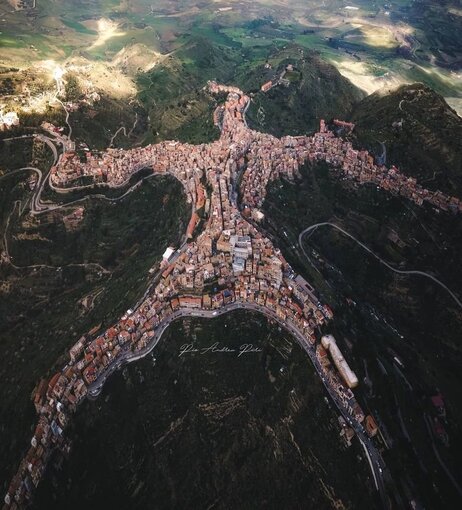



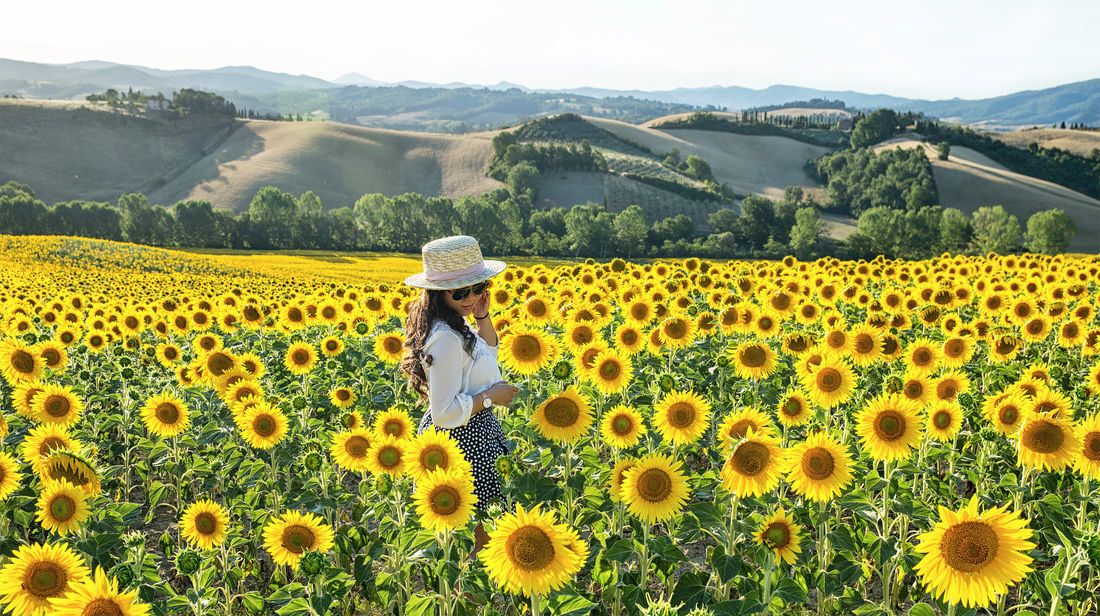





























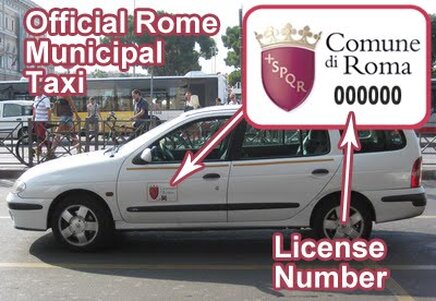
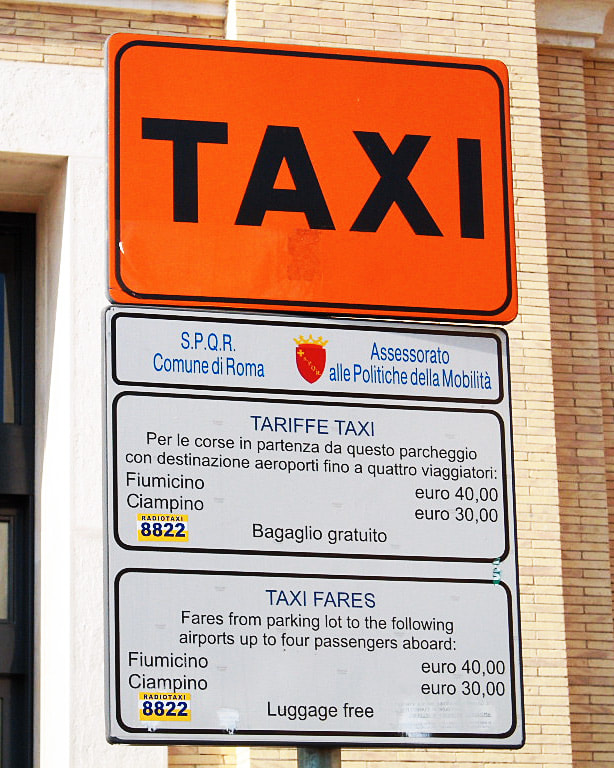
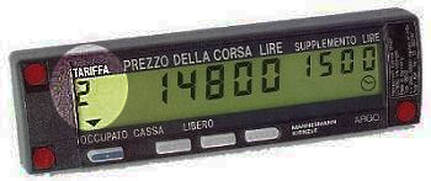



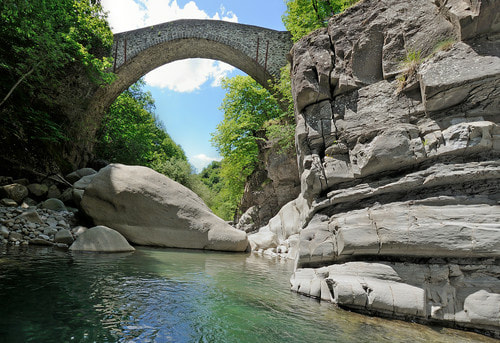


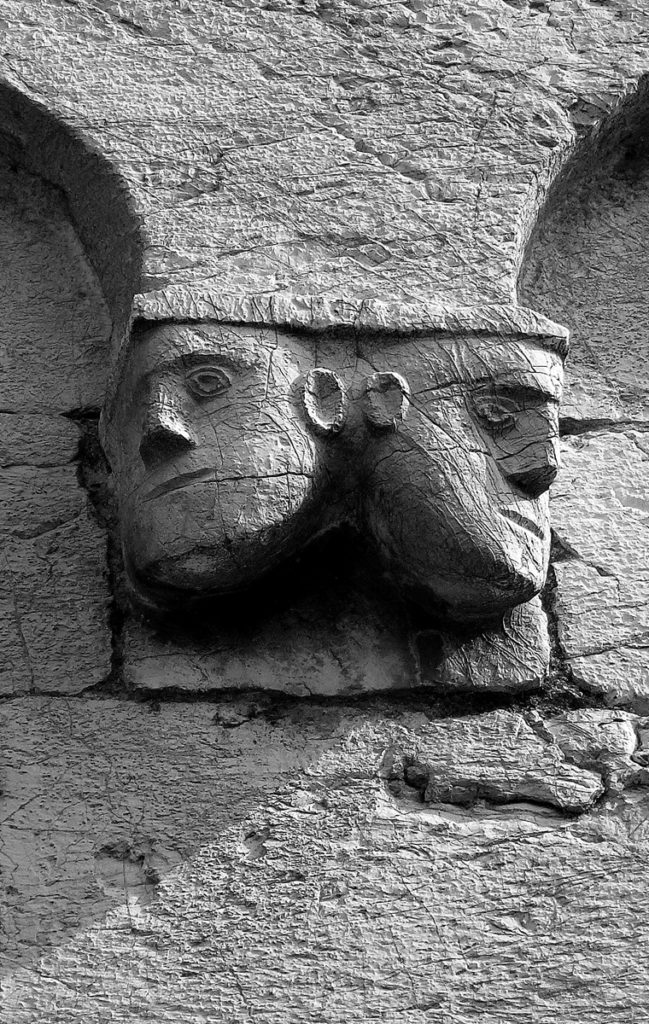





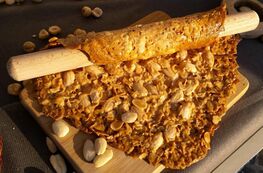




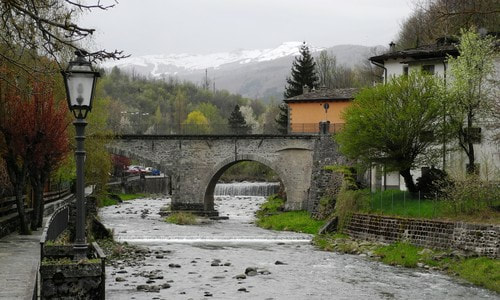
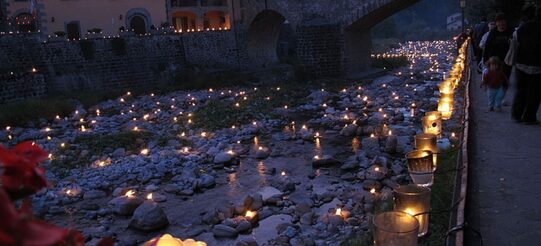


















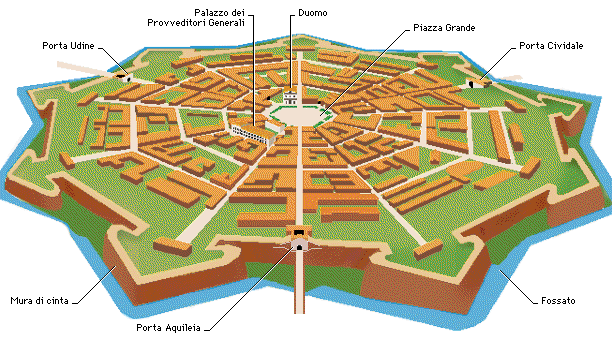

 RSS Feed
RSS Feed
